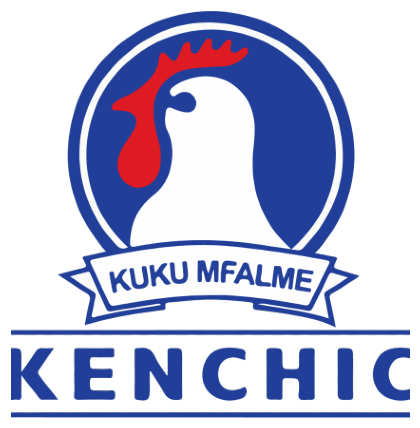The most important factor in keeping poultry healthy is maintaining good hygiene. Healthy parents and hygienic hatchery conditions contribute greatly to disease-free chicks. Farm sanitation means choosing a good disinfectant and effective cleaning. Disinfectants will be inactivated by organic material.
In poultry farms, an all-in-all-out system is the best management practice: it prevents the buildup of disease-causing organisms and disease outbreaks. In cases where farmers want to keep flocks of different ages, then each flock must be housed on its own.
Only staff should enter the flock house. When visitors are allowed access, ensure the following is recorded:
- Name, address and telephone number
- Where she/he is from
- Purpose of visit
- The previous farm visited
Poultry workers should always wear disinfected clothing and footwear. When visiting birds of different ages, start with the youngest and always visit sick flocks last, irrespective of their age. Take measures to control all rodents, wild birds and insects, as they are known vectors of poultry diseases. Such measures can be mechanical, biological or chemical. Do not permit the introduction of materials and/ or equipment into the poultry house without thorough cleaning and disinfection.
If a water storage or header tank is present, where possible, open it and scrub it clean with a detergent. Drain the drinking system and header tank completely before adding a cleaning solution. It is best, if possible, to circulate the sanitizing solution in your drinking system. If not, leave it to stand in the drinking system for a minimum of twelve hours before completely flushing the system with clean water.
After disinfection, bio-security controls at house entrances must be reinstated. Once the house is dry, place four inches of litter material and put back all the clean and disinfected equipment into the house. Common types of litter are wood shavings, straw, rice and coffee husks. Good litter should insulate the floor and absorb moisture from chicken droppings. Prepare the brooder area at least 24 hours before the chicks arrive (see brooder area arrangement below).
To monitor the effectiveness of the sanitation programme, a visual inspection and microbial culture are suggested. One can also use quantitative laboratory tests. Sterilization of the facilities is not realistic, but microbiological monitoring can confirm that undesired organisms such as salmonella have been eliminated. For more information, contact the Kenchic team in any of our poultry centres countrywide.

